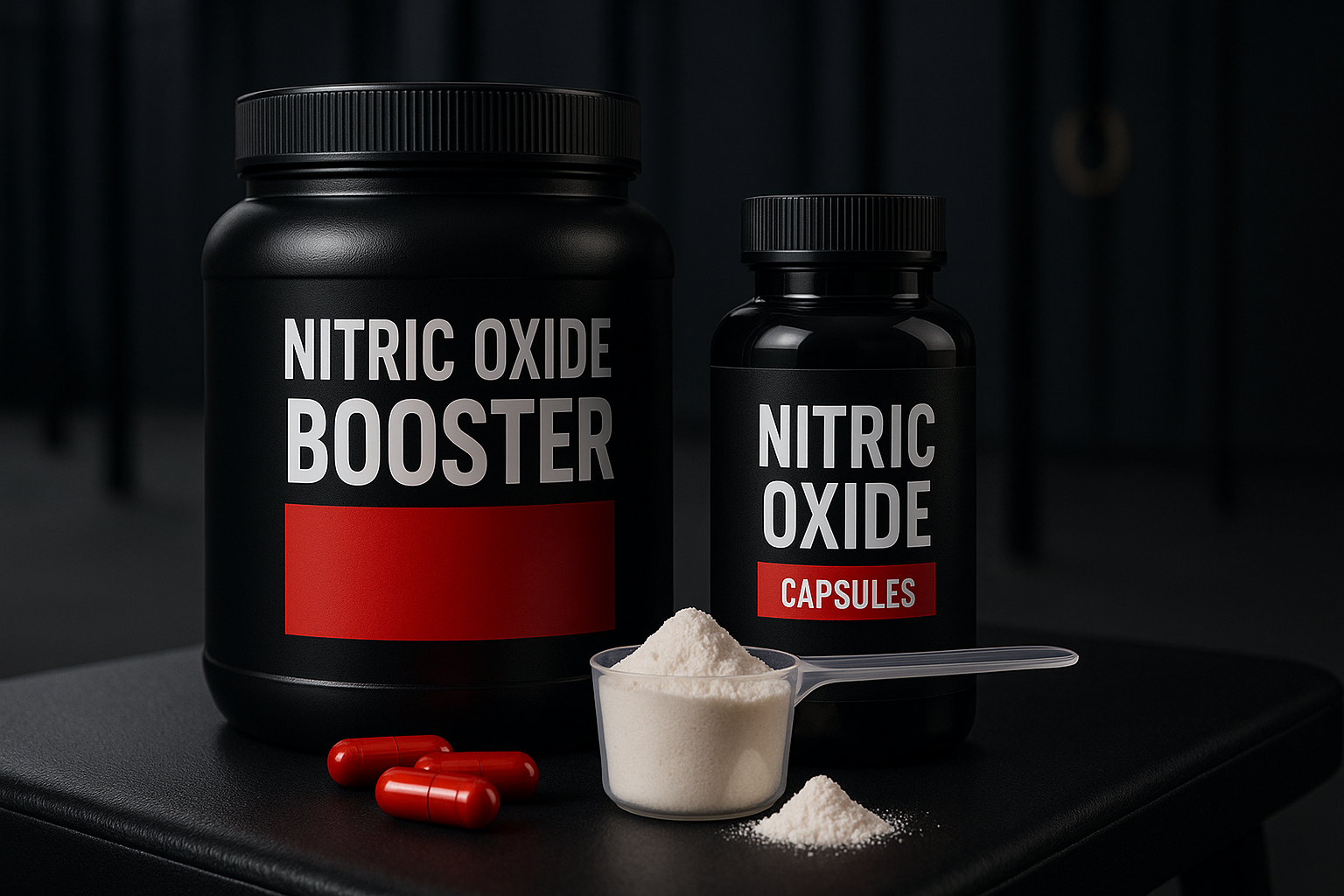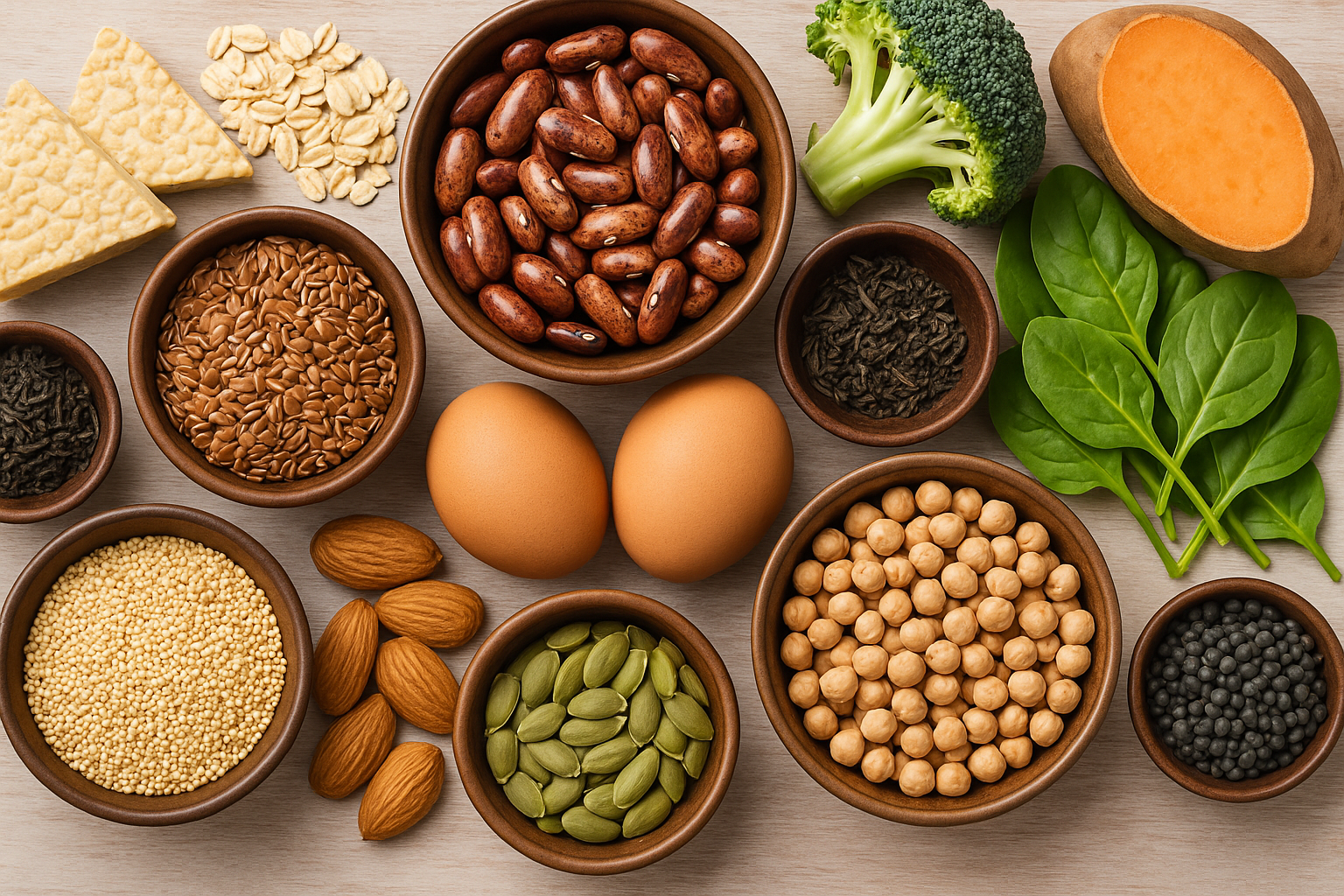Introduction
For natural lifters, those building muscle without performance-enhancing drugs, understanding how strength training drives muscle growth is crucial. If your progress has stalled despite countless hours in the gym, the key could be training. This article explains why strength is vital for muscle growth, offers practical strategies for natural lifters, and highlights strength’s physiological foundation.
The Story of Milo of Croton: A Historical Lesson in Strength Progression
Milo of Croton, a legendary Greek wrestler, famously demonstrated the power of progressive overload. According to legend, he carried a newborn calf on his shoulders daily. As the calf grew into a bull, Milo’s strength increased gradually from lifting a heavier load each day. Over time, his muscles adapted, growing stronger and larger. This story illustrates how consistent strength progression directly leads to increased muscle mass, showcasing the principle that greater strength fosters greater physique development.
What Is Strength?
Strength is the ability to produce force against resistance, primarily determined by neuromuscular efficiency and muscle cross-sectional area. Strength gains occur through:
- Neuromuscular Adaptations: Enhanced motor unit recruitment and synchronization.
- Muscle Fiber Development: Increased size of fast-twitch fibers, which are key for power and growth.
You can read more about this here.
Why Strength Accelerates Muscle Growth: The Twin Analogy
Imagine two identical twins with the same physique, but one is 50% stronger. When they both lift weights:
- The stronger twin can lift heavier weights, creating greater mechanical tension, a primary driver of hypertrophy.
- Over time, the stronger twin achieves more muscle fiber activation and progressive overload. This advantage compounds, enabling faster muscle growth.
The stronger you are, the more you are able to stimulate your muscles!
Effective Strength Training Tips for Natural Lifters
1. Focus on Compound Movements
- Prioritize exercises that allow you to recruit multiple muscle groups under heavy load.
2. Implement Progressive Overload
- Continuously increase weight or intensity.
- Track your progress and aim for consistent improvements.
- Follow a strength training program or at least a rep scheme progression.
3. Use Lower Rep Ranges with Heavy Weights
- Perform 4-6 reps for compound movements to build strength.
- Use higher rep ranges for accessory exercises to balance your workouts.
4. Prioritize Recovery and Rest
- Aim for 7-9 hours of quality sleep.
- Rest sufficiently between heavy lifting sessions.
- Don’t overtrain, you improve only when you let your body recover.
5. Optimize Nutrition for Strength and Growth
- Consume 1.2-2.0 grams of protein per kg of body weight. They are your muscle’s building blocks.
- Maintain a slight calorie surplus. You are not going to get bigger and stronger without putting on mass.
- Focus on nutrient-dense foods to feed your body.
- Carbohydrates are vital for fueling workouts and supporting anabolism. Aim for 3-6 grams of carbohydrates per kg of body weight daily, adjusting based on training intensity and goals.
For a good guide on bulking take a look at this.
Example Strength Progression Schemes
To build strength effectively, structured progression is key. Here are three proven strength progression schemes:
- Linear Progression (Best for Beginners): Increase the weight by 2.5-5% every session for core lifts. Example:
- Week 1: Squat 100 lbs (3 sets of 5 reps)
- Week 2: Squat 105 lbs (3×5)
- Week 3: Squat 110 lbs (3×5)
- 5/3/1 Method (For Intermediate Lifters): Focuses on different rep ranges across four weeks:
- Week 1: 5 reps at 65%, 5 at 75%, 5+ at 85% of 1-rep max (1RM)
- Week 2: 3 reps at 70%, 3 at 80%, 3+ at 90% of 1RM
- Week 3: 5 reps at 75%, 3 at 85%, 1+ at 95% of 1RM
- Week 4: Deload (lighter weights for recovery)
- Bodyweight Progression Scheme: Ideal for lifters without equipment, focusing on increasing reps, difficulty, or time under tension. Example forPush-Ups:
- Week 1 (3×10)
- Week 2 (3×12)
- Week 3 (3×15)
- Week 4 (Incline push-ups 3×10)
Common Mistakes Natural Lifters Should Avoid
- Neglecting Strength Training: Overemphasizing high-rep, low-weight routines.
- Inconsistent Progression: Failing to track progress.
- Poor Form: Increasing injury risk and reducing lift efficiency.
- Ignoring Recovery: Overtraining without rest.
The Role of Coaching in Maximizing Muscle Growth
Expert coaching can accelerate your progress by providing:
- Personalized, goal-specific training programs.
- Technique correction to prevent injuries.
- Accountability for consistent improvement.
Conclusion
Strength training is the foundation for muscle growth, particularly for natural lifters. By understanding the science behind strength, leveraging compound movements, and prioritizing recovery, you can maximize your muscle growth. Ready to reach your full potential? Join Empowerise Transformation Coaching Today and achieve your fitness goals with expert guidance.






